
Introduction of Top B2B Marketing Trends
Digital ad spending worldwide by 2019 is expected to be 50% of all advertising and will exceed $350 billion, a growth of about 10% from 2017. By all measures, this trend is still on course. The popularity of digital marketing is strong on several fronts and with positive results.
According to The State of Inbound Report 2018, 53% of marketers say that inbound marketing gives a higher ROI. In the UK, 77% of marketers say that using SEO increased their leads and decreased the cost of customer acquisition. These numbers need to be balanced against what buyers say helps them make purchase decisions.
55% of B2B buyers say that they rely on word of mouth referrals for buying decisions while only 22% rely on a salesperson. In-between these extremes are media articles (38%), Vendor-authored material including Content syndication, blog posts, and case studies, etc. and analyst reports.
With such numbers painting a picture of both the buyer’s perspective and the seller’s perspective, it is valuable to carefully look at what the trends are telling us. Trends can help a business understand where they currently are in the context of where they wish to go and what the trends currently are, or predict. Such insight allows businesses to build strategies that will meet the needs of the modern B2B customer.
Below are the top 13 B2B marketing trends in 2019 that marketers need to be aware of today.
#1. Business Buyers Expect a Personalized Experience
According to The Salesforce State of Connected Customer Report 2018, 72% of business buyers expect vendors to personalize engagement to their needs. In fact, 67% of B2B buyers have switched to vendors who provide a more consumer-like experience. What businesses are asking themselves today is ‘how can we engage people?’ as opposed to ‘how can we engage other businesses?’
The answer to engaging people is to shift from generic mass-circulated messages/content to thinking about personalized messages to individuals that tell a story or respond to worries, queries, and concerns in an engaging manner.
If you are worried about the time it takes to send personalized messages and content, such as emails with personalized subject lines and messages, you can leverage marketing automation technologies to help you.
#2. Influencer Marketing
B2B companies turn to influencers as sources of reliable, research-backed and authoritative information for their customers. B2B buyers want to buy from vendors that they trust. In fact, 95% of customers say that they are more likely to be loyal to a company that they trust. Essentially, buyers want to hear from people that they already trust.
In as much as referrals, case studies, and customer testimonials can help to bridge the trust gap, the trend now is for businesses to partner with podcasts. The 2018 Podcast Consumer Report indicates that the number of people watching podcasts continues to grow. As people tune-in to their favorite podcasts, they get educated and form relationships that build a strong foundation of trust.
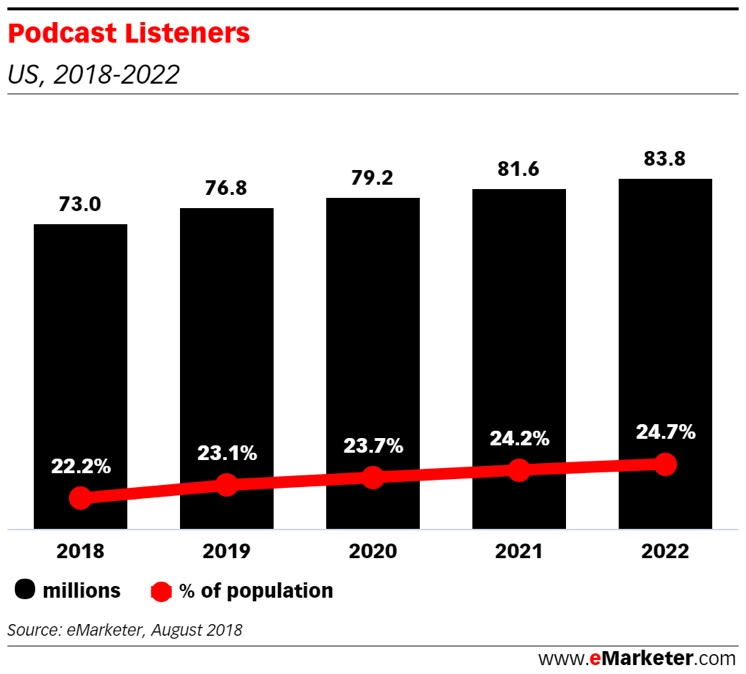
#3. AR and VR in B2B
It sounds like alphabet soup, but in all seriousness, Augmented Reality and Virtual Reality are projected to grow tremendously in the coming years. In 2016, 67% of business considered adopting AR. Today, AR and VR are expected to rise to a value of $95B by 2023. The AR and VR experience can aid decision makers to immediately get rid of any misgivings or hesitation and become more open to understanding the product and how it can solve a specific problem in real-world scenarios.
#4. Lead Generation Through Content Marketing
Lead generation is no longer optional but somewhat critical for any B2B business that wants to keep up with the competition. For companies that want to differentiate themselves in the current environment, the trend is towards using more video content in their digital marketing strategy.
The State of Inbound Report 2018 found that marketing is investing more in video channels in 2019 going forward into 2019. More specifically, 45% of marketers planned to add YouTube, and 41% Facebook Video, to their marketing efforts.
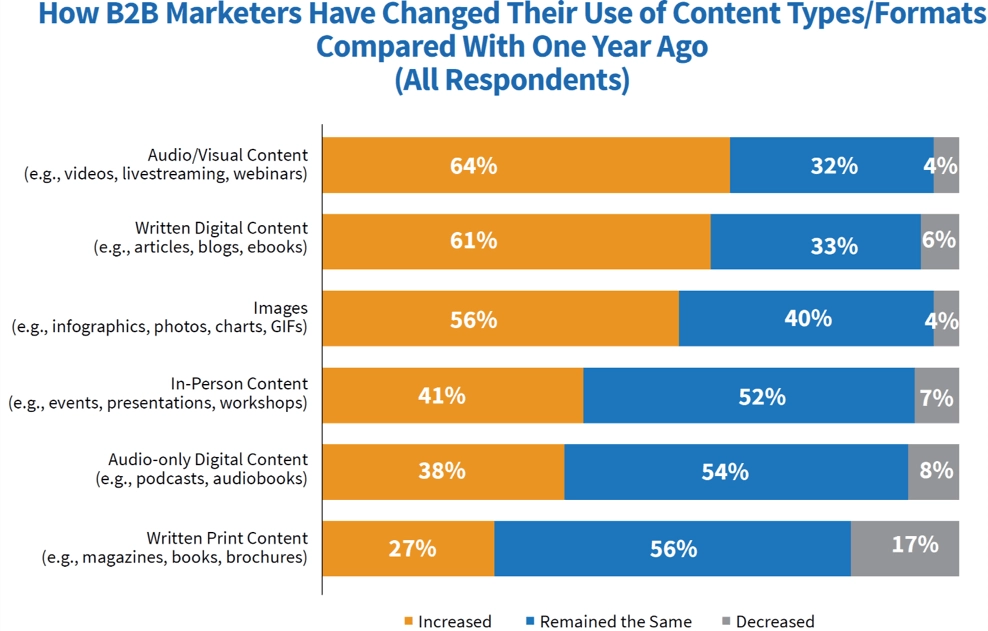
#5. An Account Based Marketing approach
As far back as 2013, 85% of B2B marketers found that ABM outperformed other marketing investments when measuring ROI. The growing desire for personalization from B2B buyers today continues to feed the need for vendors to adopt ABM now and in the foreseeable future.
To succeed with ABM, B2B companies need more than just an intelligent account list and a unified lead goal. Additionally, decision-makers in target organizations need to be engaged to move the conversation forward. ABM lead data needs to be cleaned before and after it has been added to the CRM so that it is complete, accurate, and marketable.
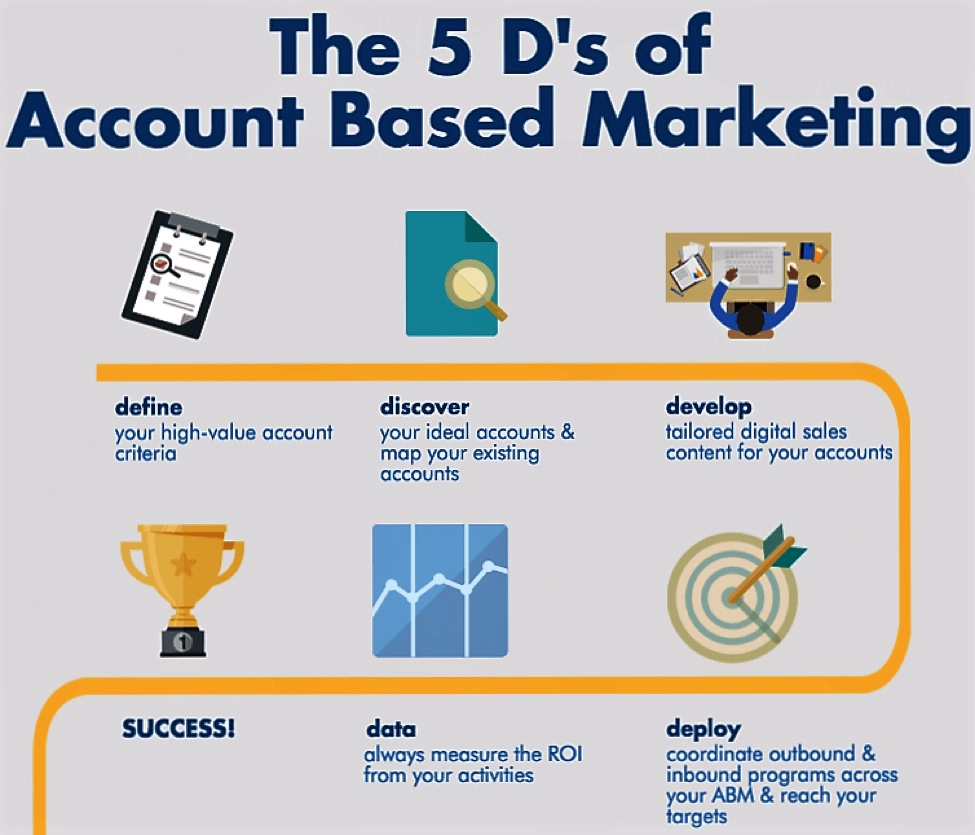
#6. Programmatic Marketing
According to Forrester, programmatic marketing will account for most of all digital advertising in the coming years. With companies like Google targeting 60% of digital advertising budgets, it is not difficult to see why programmatic advertising is tipped to be the future of digital advertising.
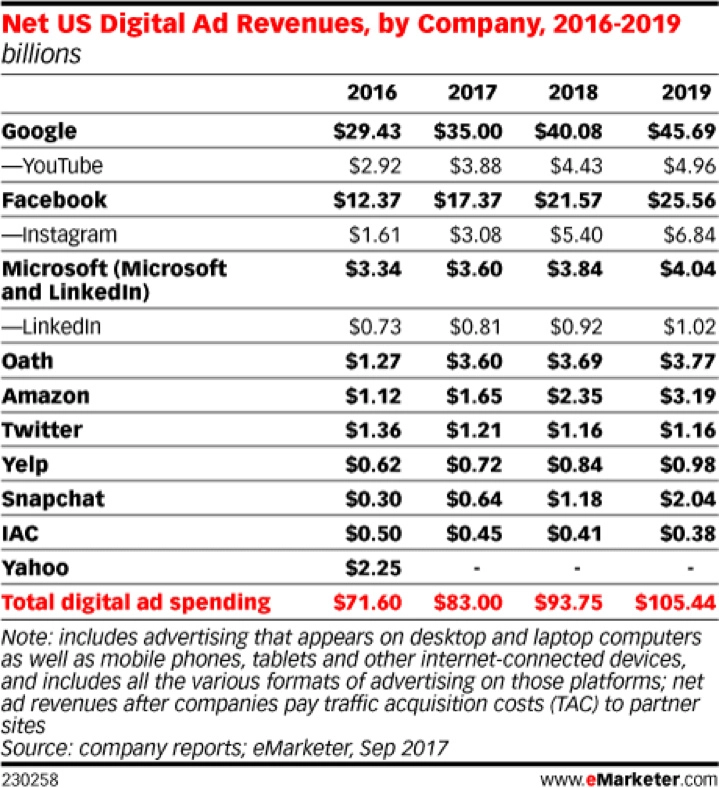
#7. Data Visualization Continues to Become More Accessible for B2B Marketers
Data continues to grow in leaps and bounds in four dimensions including volume, variety, veracity, and velocity. With such unprecedented amounts of data that B2B marketers have access to, the trend is towards making all this data accessible through visualizations as opposed to just a bunch of numbers. Charts are becoming easier to create let alone more interactive and sophisticated which means that marketers can gain insights almost instantaneously.
Email analytics & metrics for Gmail and G Suite | EmailAnalyticsVisualize and monitor your team’s email activity in Gmail and G Suite with email analytics and metrics. See your data instantly, no credit card required!emailanalytics.com
You can even visualize email analytics nowadays to see things like emails sent/received, average email response time, and more.
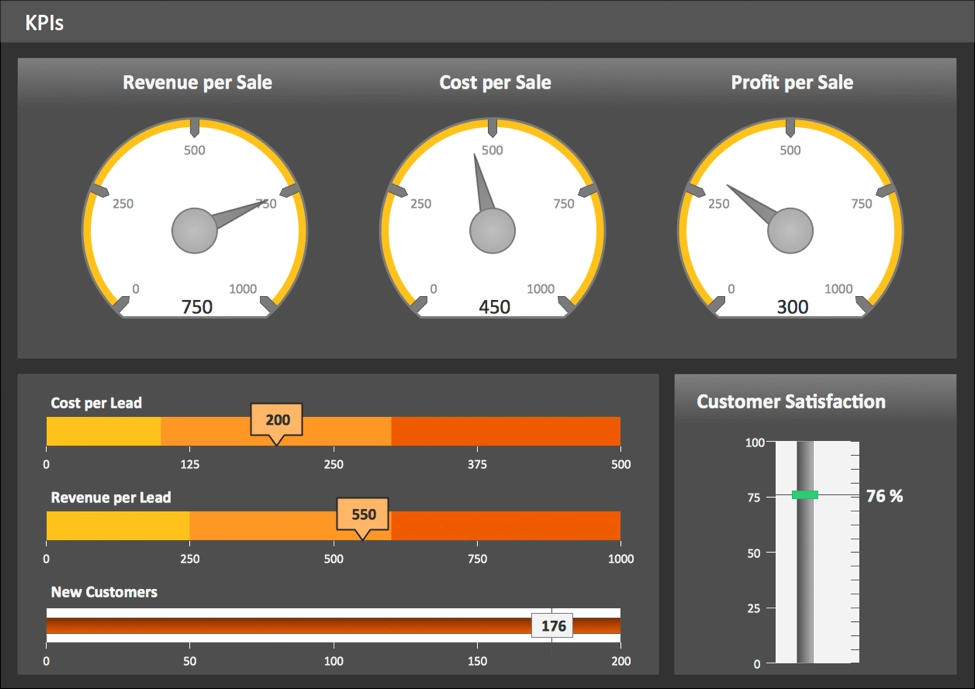
#8. Employee Involvement In Advocacy
According to the 2018 Salesforce State of Connected Customer Report, 84% of customers say that being treated like a person as opposed to a number is critical in winning their business. Businesses continuously face pressure to be more transparent, relatable, and authentic. Due to this pressure, B2B companies are encouraging their employees to represent their brands in informal ways that drive higher quality engagement with buyers that boost shorter sales cycles.
In order for this to work, however, it’s imperative that you have the right employees. One of the best ways to help you in your search is by using pre-employment screening tests.
#9. Alignment of Marketing and Ad Teams
As far back as 2017, 61% of marketers said that sales are critical to achieving their goals and an additional 34% said that sales were important although not the key to their success. These numbers highlight the fact that marketing and sales continue to appreciate the fact that they need to work together. In fact, 60% of marketers rank improving sales-marketing alignment as one of the top five demand generation priorities.
Marketing and sales are no longer siloed but instead work together in a variety of ways to attain organizational goals including revenue growth.
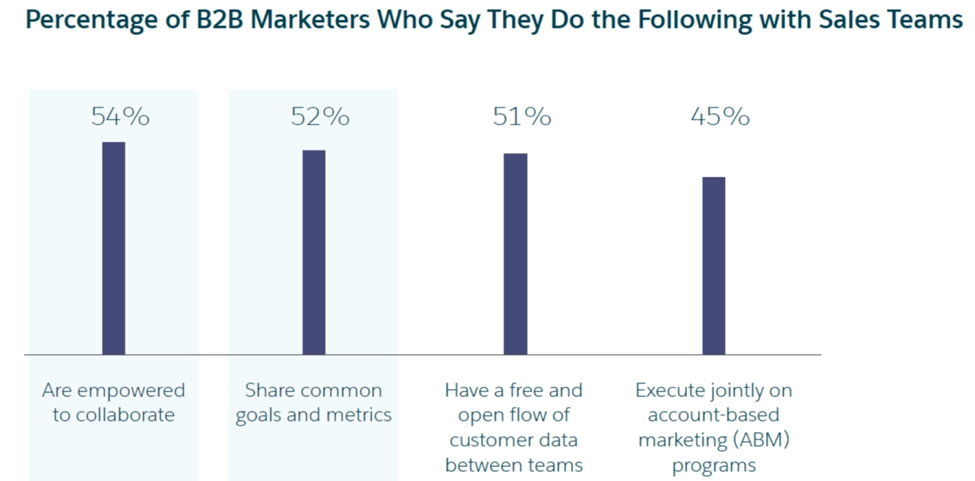
#10. Innovation In Email Marketing
The State of Inbound Report for 2018 found that 83% of marketers preferred to use email as the preferred mode of communication for business purposes. Email marketing has been well established as the mode of communication between businesses for a long time now. That said, innovation is still trending in email marketing in a variety of ways.
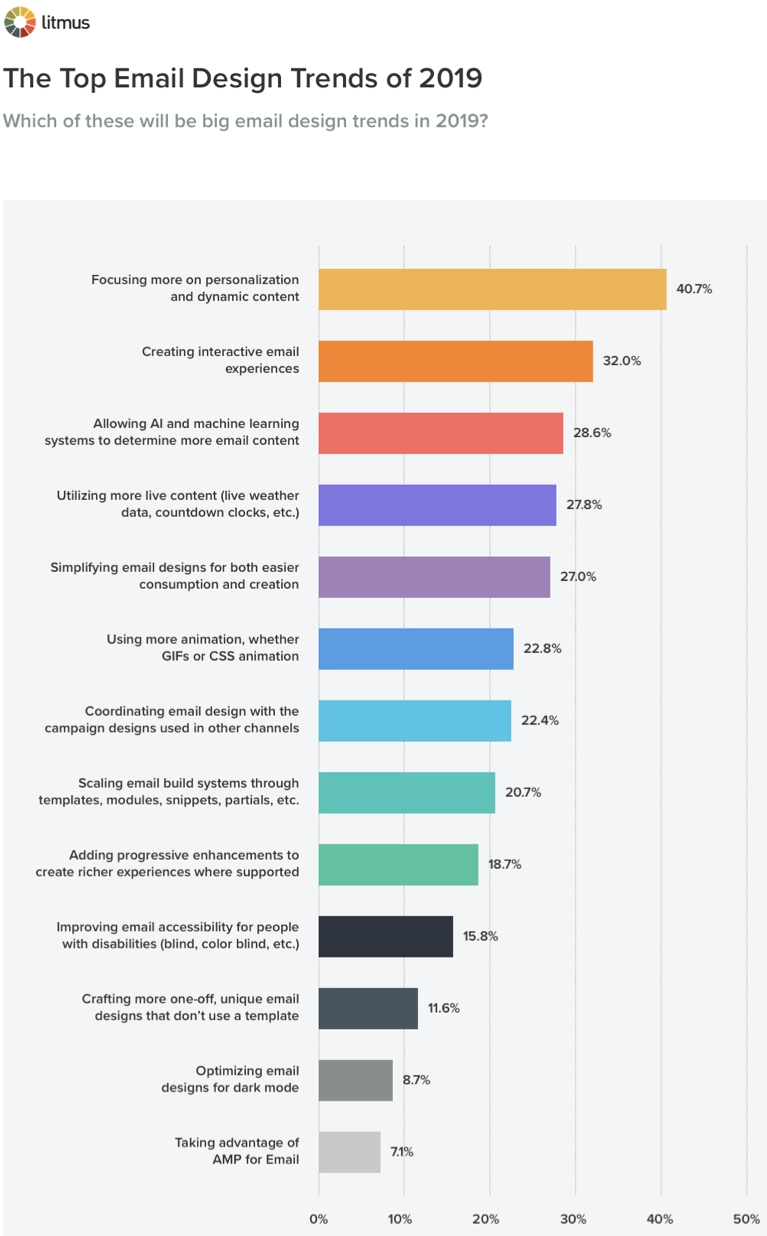
#11. Reporting and Analytics Trends
Although analytics and reporting tools such as Adobe Analytics and Google Analytics have been used for a long time now, their use still continues to grow in 2019. Furthermore, newer tools such as Google Data Studio as well as other tools from smaller brands are increasingly being used to extract more and more customer data from different pools of data.
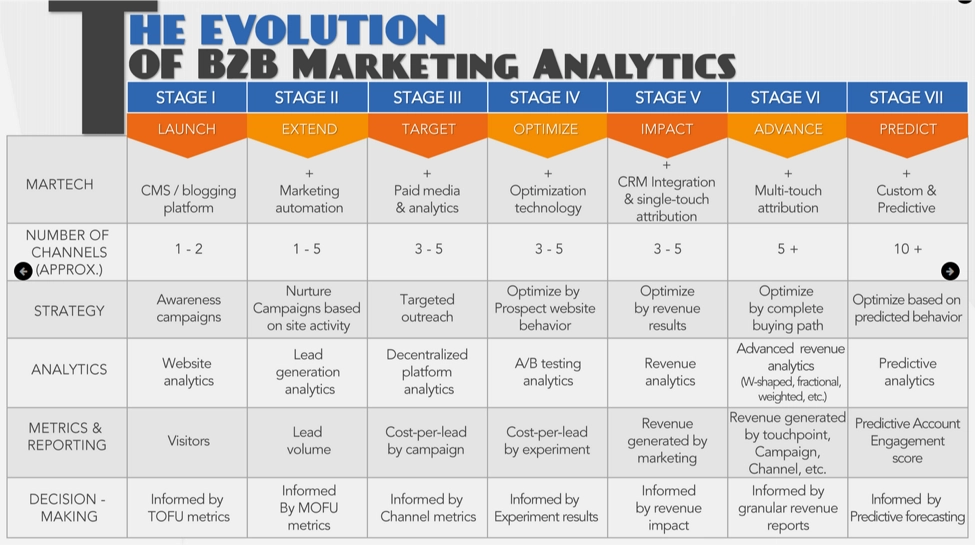
#12. The B2B Social Media Marketing Trend In 2019
80% of B2B leads come from LinkedIn. For B2B marketers LinkedIn continues to be a critical way for professionals to gain knowledge. LinkedIn has over 60 million senior-level influencers, 40 million decision makers, and 10.7 million opinion leaders. According to LinkedIn, 78% of social sellers outsell peers that don’t use social media, and more than 51% of social selling leaders are more likely to reach their quotas.
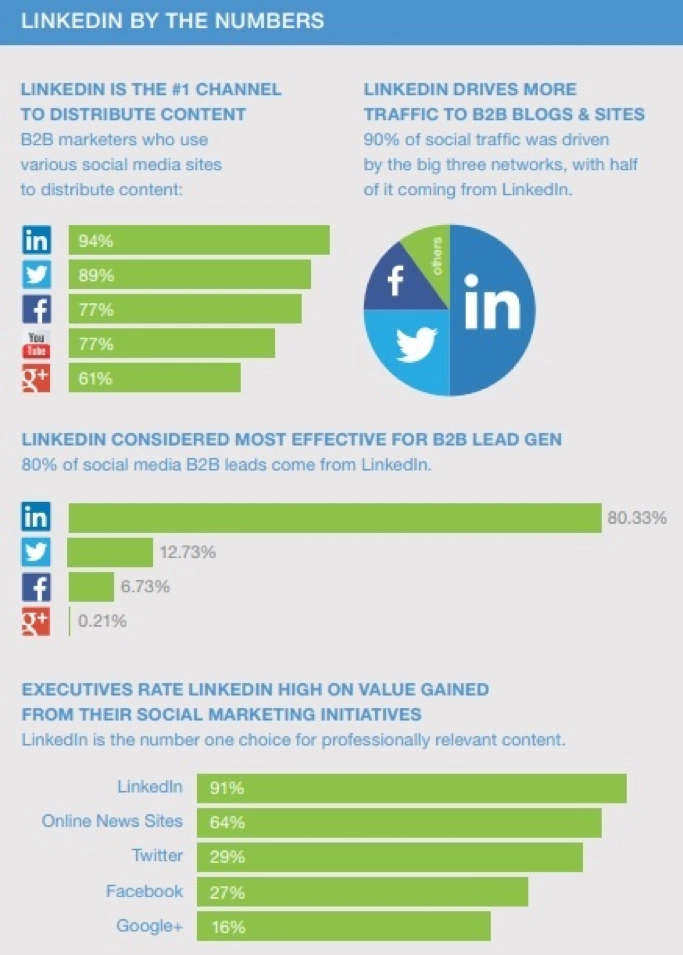
#13. Paid Promotions
Although the average CPC on Facebook increased 92% year-on-year in 2018 paid social continues to grow in 2019. Going forward, content consumers will continue to demand long-form, high-quality content instead of short blog posts. As such, B2B marketers are more likely to get more traction from such high-quality content for their ad spend. For example, Facebook ads can be used to drive traffic to webinars used as lead magnets embedded on website landing pages.
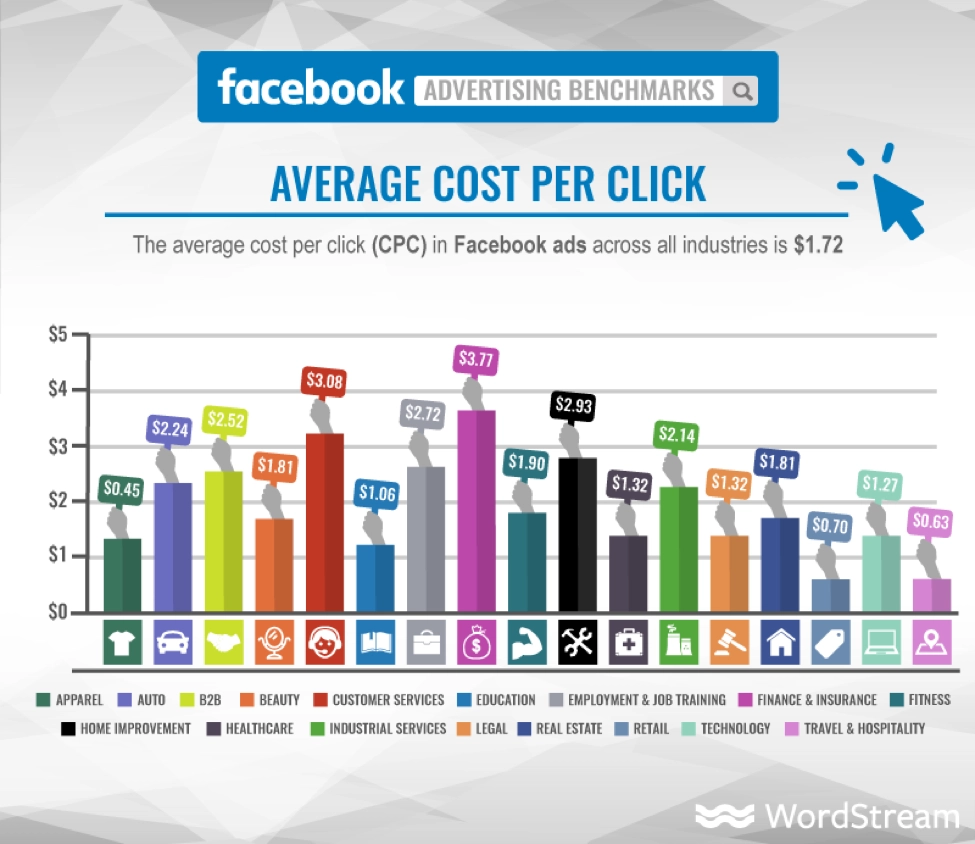
Summing Things Up…
In B2B marketing, just as in business in general, decision-makers constantly need to know their current status based on where things are headed. Although b2b marketing trends 2019 can change in any direction, or disappear and come back with short notice, the idea of keeping up with marketing trends is as relevant today as it was in earlier years because paying attention to the patterns or trends is what prevents organizations from being left behind.
Our blog
Latest blog posts
Tool and strategies modern teams need to help their companies grow.

Personalization functions as the vital foundation for executing B2B marketing effecti...

Beat your competitors and exceed your revenue goals this year by shifting your focus ...

SaaS growth has never been more challenging. SaaS companies must move faster and smar...





